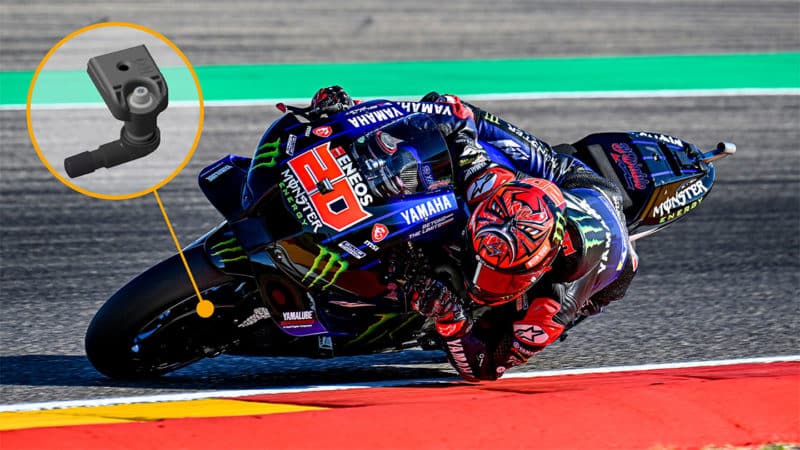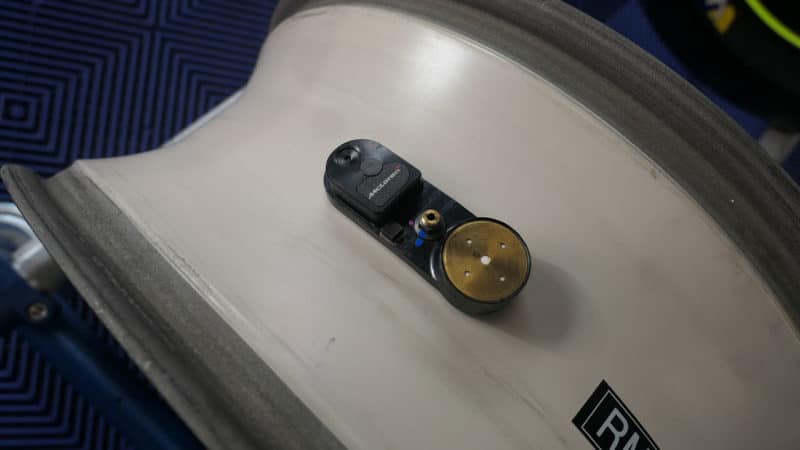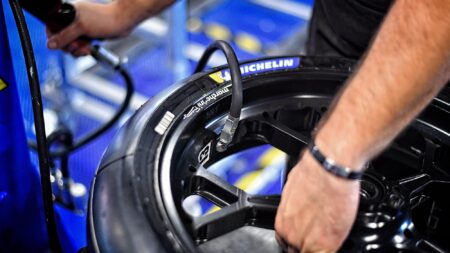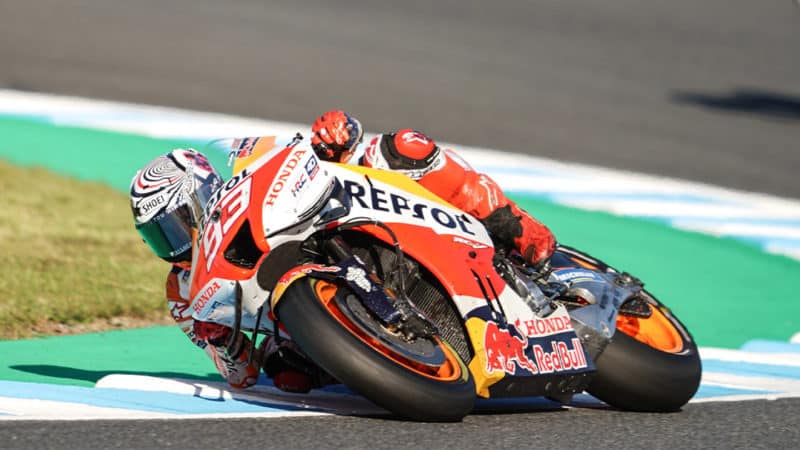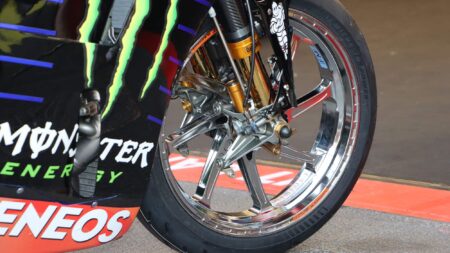But from the end of this season all teams will have all their wheel rims equipped with TPMS made by LDL Technology, who already supply MotoE. They won the contract against McLaren and 2D, who currently equip most of the MotoGP grid. These sensors will use an encrypted data line, which (in theory) can’t be tampered with, so Dorna and IRTA will know what pressure everyone is running. Any rider found below the limit will be sanctioned.
Why is all this talk about hot air such a big deal? Because running a bit blow the 1.9 bar limit gives the front slick a better footprint, which means more grip braking into corners and riding through corners. At over 1.9 bar the tyre changes its profile and becomes stiffer, therefore reducing the footprint for braking and cornering. This will have two effects: the rider will be slower and/or crash.
“Two hundred percent it’s going to have an effect on the racing – it’s a nightmare,” one factory engineer told me. “There are two issues: first, the rider being able to ride the motorcycle; second, safety.
“We work in a very narrow window with front pressure. If it goes up 0.1 bar the rider can handle it. but if it goes to 1.5 or 2 bar, this is when it gets really scary. The tyre balloons and the bike becomes unrideable. The grip is gone, so the front is locking on the brakes, it’s tucking into corners and it’s understeering. That’s all the things you don’t want, adding up and adding up.
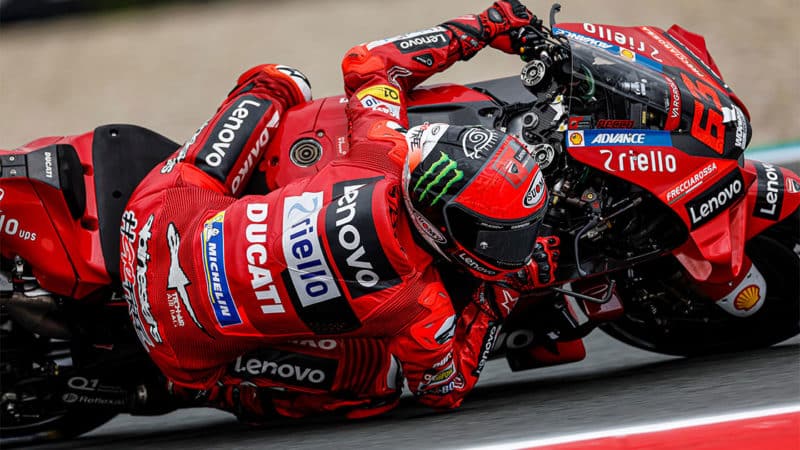
Ducati’s Pecco Bagnaia gets his speed from using the front tyre to its very limit, so how will the rules change affect him?
Ducati
“Trying now not to go too high on pressure you start the race so low that when you go to the grid the front tyre feels almost flat, but once the race starts you get up to pressure pretty quickly. We understand there has to be a rule, but the way these bikes work and the way the front tyre can handle the heat creates a situation.

